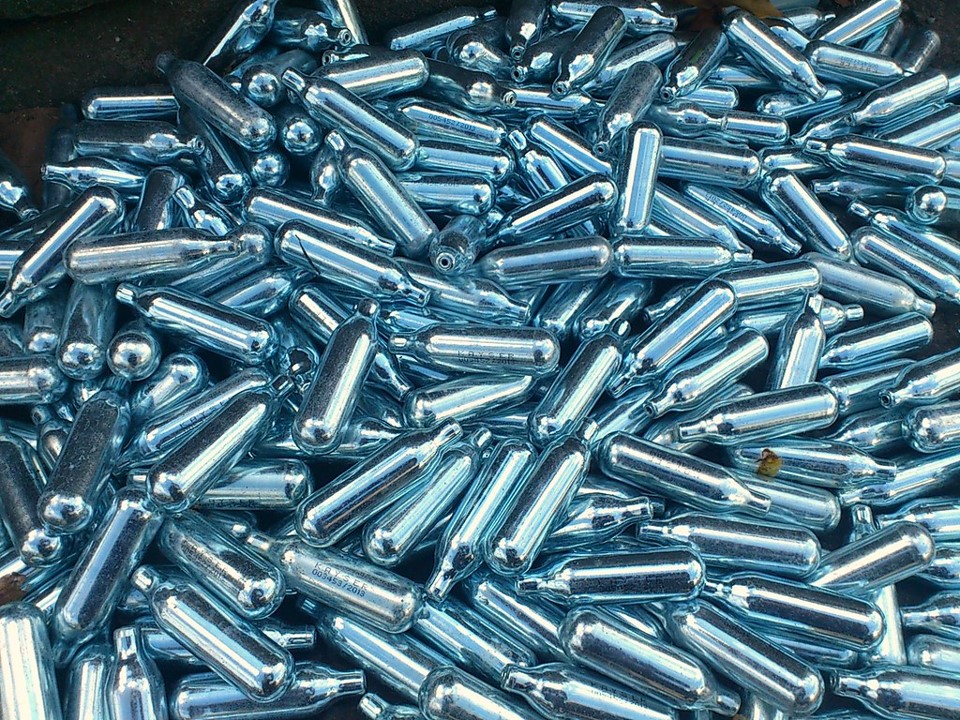New guidelines will help doctors prevent spinal cord damage caused by laughing gas

Recommendations from research carried out by Barts Health doctors, published today, will help improve the diagnosis and treatment of spinal cord damage caused by overuse of laughing gas.
Officially termed nitrous oxide (N20), laughing gas is now the second most popular recreational drug among young people in the UK. Abuse of the gas can lead to subacute combined degeneration of the spinal cord (N20-SACD), a condition that can cause serious and permanent disability in young people, including paralysis.
Unsurprisingly, the increased use of laughing gas is leading to increased cases of N20-SACD – the research team, based at The Royal London Hospital diagnose and treat one case of the condition every week, on average.
Until now, no formal guidelines have existed around diagnosing the condition, and patients don’t often admit to using the drug, meaning it can often be misdiagnosed and / or not treated properly.
However, using quality improvement techniques, the team, based at Barts Health and Queen Mary University of London, have created a set of guidelines which they hope will offer fellow medics practical advice and support in recognising, diagnosing and treating this condition, particularly in areas where use of laughing gas is on the rise.
Symptoms of the condition include patients being unable to walk, having tingling or loss of feeling in their hands and feet and bladder and bowel weakness. In line with publication of these new guidelines, and with unprecedented speed, the Association of British Neurologists have adopted them as official clinical practice, highlighting further the need for them, given the rise in use of laughing gas.
Professor Alastair Noyce a consultant neurologist at Barts Health said: “We developed these practical guidelines to try to standardise care for patients who have come to harm from recreational nitrous oxide use. If implemented correctly, they will ensure that patients get the treatment they need. We hope they will also alleviate pressure on hospitals by improving efficiency in the emergency department and reducing unnecessary admissions.”
Professor Tom Warner, President of the Association of British Neurologists, said: "Recreational use of nitrous oxide carries a significant risk of damage to the nervous system, particularly the spinal cord, which is treatable if picked up. These important clinical practice guidelines lay out how to recognise, diagnose and, most importantly, treat those people attending emergency departments with such symptoms, and prevent long-term neurological disability."
This work was led by researchers from The Royal London Hospital, part of Barts Health NHS Trust and the Preventive Neurology Unit at Queen Mary University of London, which is funded by Barts Charity in collaboration with others.
